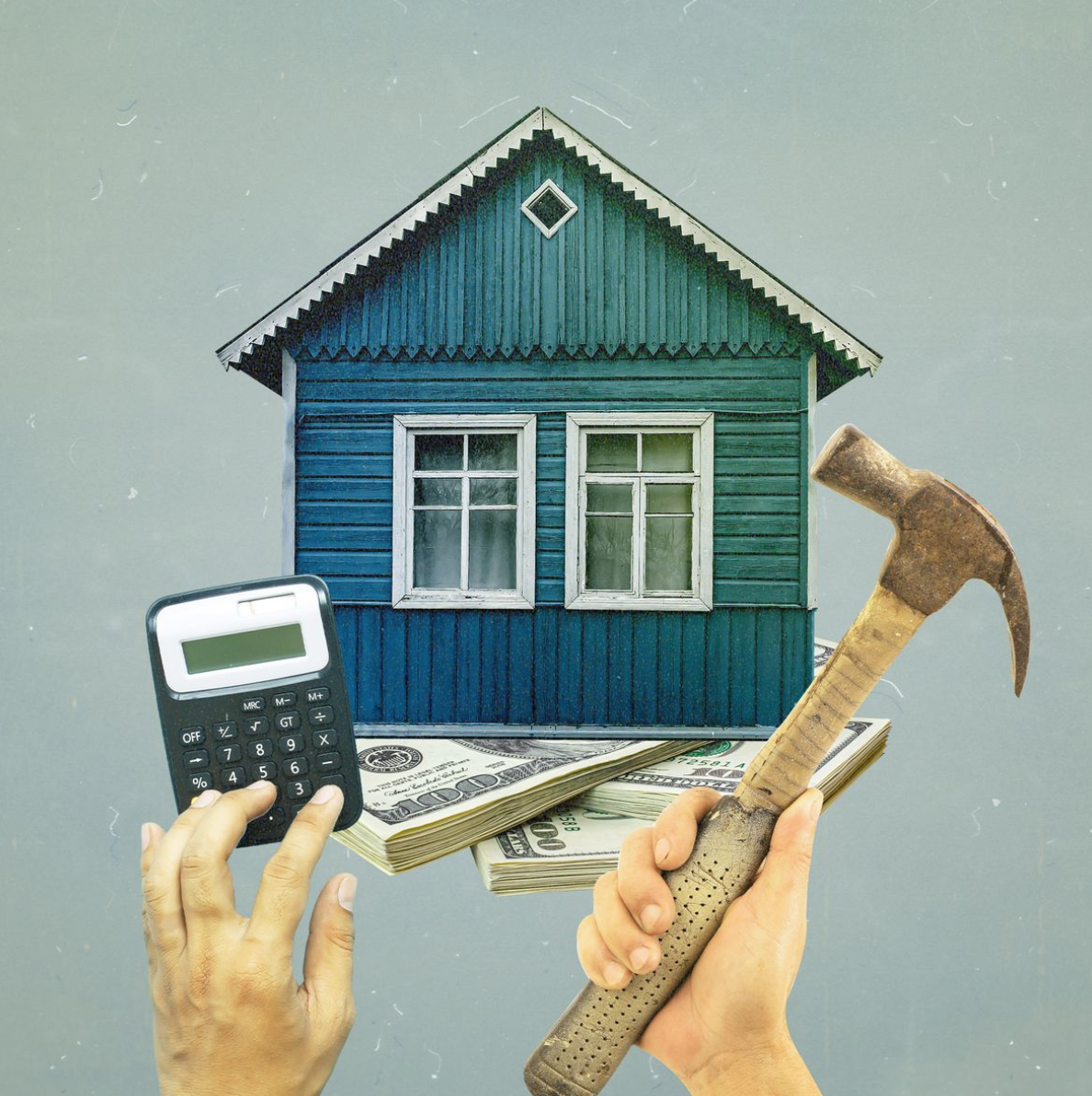Main Content
Blog
Blog Details
These Home Improvement Projects Are Tax Deductible
Whether you’re a new homeowner who’s knee-deep in a gut renovation or you’re making necessary upgrades to your forever home, you might think that every home improvement is simply a sunk cost. Don’t despair, though. Home improvements can greatly increase the value of your home in the long run (especially if you decide to sell). You can also get a much-needed tax break if your renovation projects qualify. It is recommended to consult a qualified accountant or tax professional to determine whether your home improvements and renovations qualify for a tax deduction, break, or credit. Homeowners can potentially qualify for an Energy Efficiency Home Improvement Credit of up to $3,200 for energy-efficient improvements made after Jan. 1, 2023. The credit for 2024 covers 30 percent of qualifying expenses with limits for different types of improvements. There are four included categories in what’s eligible: energy efficient, clean energy, historic home, and medically necessary upgrades.

Energy-Efficient Home Improvements
Updating and replacing old windows and skylights can improve the efficiency of your home and reduce the frequency at which you run the HVAC system. You could qualify for a credit of up to $600 based upon eligibility. You have to use specific equipment that’s included on the ENERGY STAR Most Efficient list. Biomass stoves aren’t cooking stoves—they burn biomass fuel to heat a home or water. Biomass fuel includes agricultural crops and trees; wood, wood waste, and residues (including wood pellets); plants (including aquatic plants); grasses; residues; and fibers. They’re similar to gas or electric fireplaces but better for the environment. Install a biomass stove that meets Energy Star’s requirements and you can receive up to a $2,000 credit. To qualify, a biomass stove must have a thermal efficiency rating of at least 75 percent. Costs may include labor to install.
Clean Energy Home Improvements
You can potentially qualify for the Residential Clean Energy Credit if you install new renewable energy properties in your home. There is no dollar limit for this credit except for fuel cell properties (which are capped at $500 for each half kilowatt of capacity). With an average savings of $1,500 per year on energy bills (around $125 per month), solar panels can cut homeowners’ costs drastically. With a standard electrical bill, you pay for the power you use. With solar panels, you store energy throughout the year, and if you don’t use as much as you store there’s energy left over. When that happens, depending on your area, you may be able to sell that unused energy back to your town’s grid. That further increases the monetary savings households can achieve with solar power. Water heating is typically the largest utility expense in a home, and swapping your tank for a solar-powered water heater can not only improve your home’s efficiency, but it can also lower your utility costs. If you’re looking for a better way to heat and cool your home, consider a geothermal system. These pumps can help heat and cool your home more efficiently than traditional systems by transferring heat to the ground rather than generating heat. They do tend to be expensive, costing $15,026 on average, and depending on unit size, system configuration, site accessibility, and more, you may pay anywhere from $4,270 to $25,860. But according to the Department of Energy, you can potentially see ROI in five to 10 years, depending on available financial incentives. Similar to a generator system, battery storage technology helps store excess energy from clean energy sources to be used at a later time. This gives your home a reliable (and sustainable) energy source when the grid goes down or you’re facing a storm.
Historic Home Upgrades
Historic homes can qualify for this tax credit and other grants since many organizations wish to preserve historical buildings. Upgrading or replacing old pipes may qualify for this tax credit and may be necessary to bring the home up to code and help prevent water damage. This can also be a chance to improve an older home’s energy efficiency. If your historic home features deteriorated finishings like beams, posts, stair railings, or other load-bearing elements that you plan on replacing, you may qualify for a tax break. The repairs must maintain the home’s original style and era, and be at least equal to the original’s load-bearing capabilities. Fully replacing a deteriorating set of stairs using the same or compatible substitute material can make your home safer and may qualify for this tax credit. The new set of stairs should look similar to the original.
Medically Necessary Upgrades
You can potentially include medically necessary home upgrades as a part of your medical expense deduction. These include improvements that help make your home more accommodating for a disability that you, your spouse, or dependents who live in your home may have. The amount you can include in your medical expense deduction depends on how the improvement impacts your home’s value. For those with disabilities—blindness or hard-of-hearing, changing out your smoke detectors for ones that flash lights or emit louder noises can qualify. Smart monitoring systems, like water leak detectors, can also make it easier to detect issues early in hard-to-reach areas. Grading, or leveling, the ground can improve accessibility and also help protect your home from water runoff. This includes lessening steep hills, adding ADA ramps, and creating more accessible pathways (flat stones instead of cobbles, etc.). It can also include work to help direct runoff away from your home and prevent standing water. Adding grab bars, handrails, and walk-in showers instead of tubs in your bathrooms can make your home a more accessible place to live and could qualify for tax credits.
Text by Kate McGregor | Photo by Soumi Sarkar | Read More Here



Login With
Or Sign Up With Disqus